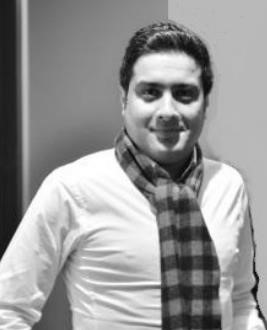App: Vaxequity
Hosted on GitHub:
Hosted on GitHub (external repository):
Hosted in ArcGIS Online:
Goal: Enhance Health Equality
Equality is eliminating the differences among groups of people. These groups can be defined based on their gender, economical, demographical, or geographical status. Health inequalities concern health factors and access to the resources required to improve and maintain health. They also involve a failure to avoid or overcome inequalities that infringe on fairness and human rights norms.
Enhancing health equities is vital because health is a basic human right. Some groups of people are more vulnerable than others when facing health issues. This vulnerability could be a result of some characteristics. Out of all, some common characteristics that increase the vulnerability of people against health issues are age, income, gender, and ethnicity. People who are vulnerable to some diseases (e.g., COVID19) are people ages 65 and greater. Also, children under 6 years old are socially vulnerable age groups so families with these children can be vulnerable to health issues. Low-income groups are more vulnerable than people who have high incomes and can stop working temporarily with less mental concern. Also, females and some ethnicities are among socially vulnerable groups whose health issues can compromise their life quality (e.g., loss of job).
Considering COVID19 the rate of reported cases varies in different neighbourhoods. Some neighbourhoods have a significantly higher rate of cases than others. If a group of vulnerable people live in the same neighbourhood, the health risk will dramatically be higher compared with the same rate of COVID cases in a low vulnerable neighbourhood. The question is that how we can help to balance this risk (generated by the vulnerability of groups of people and the high rate of COVID cases).
Considering COVID19 the rate of reported cases varies in different neighbourhoods. Some neighbourhoods have a significantly higher rate of cases than others. If a group of vulnerable people live in the same neighbourhood, the health risk will dramatically be higher compared with the same rate of COVID cases in a low vulnerable neighbourhood. The question is that how we can help to balance this risk (generated by the vulnerability of groups of people and the high rate of COVID cases).
The solution goes beyond empowering these vulnerable groups through systemic changes, such as law reform or changes in economic or social relationships. Simultaneously, reducing the health issues among these groups of society can be as effective and valuable. One way to do so is to increase the access to maintain health (e.g., immunization clinics). By enhancing health equality that results from differences in facilities that help in maintaining health, we can offer vulnerable groups the opportunity to enjoy life and pursue one’s life plans.
Video Presentation
Documentation
Team Members
 Amirhossein Nourbakhshrezaei: Amir is a PhD candidate. He is working on Quantum Computation for graph optimization problems. Experienced Computer Vision, Deep Learning, Network Analysis with a focus on Location Based Services. Skilled at Java, Python, Node.js, MongoDB. Self-motivated and determined type who always ready to face the challenges with a problem-solving manner.
Amirhossein Nourbakhshrezaei: Amir is a PhD candidate. He is working on Quantum Computation for graph optimization problems. Experienced Computer Vision, Deep Learning, Network Analysis with a focus on Location Based Services. Skilled at Java, Python, Node.js, MongoDB. Self-motivated and determined type who always ready to face the challenges with a problem-solving manner.
 Sarah Kaykhosravi: Sarah is currently a fourth year PhD candidate in the Department of Civil Engineering at Lassonde, York University. Her research interest is flood management, geospatial data analysis(python), sustainable development, green infrastructure, sewer systems, hydraulic structures. Her current focus is on urban flood risk reduction using Low Impact Development (LID) techniques.
Sarah Kaykhosravi: Sarah is currently a fourth year PhD candidate in the Department of Civil Engineering at Lassonde, York University. Her research interest is flood management, geospatial data analysis(python), sustainable development, green infrastructure, sewer systems, hydraulic structures. Her current focus is on urban flood risk reduction using Low Impact Development (LID) techniques.
 Hamid Kiavarz: Hamid is a doctor of geomatics (PHD), his research interest is in field of GIS-studies , location intelligence, machine learning, deep learning, smart city, and Geo-BIM.
Hamid Kiavarz: Hamid is a doctor of geomatics (PHD), his research interest is in field of GIS-studies , location intelligence, machine learning, deep learning, smart city, and Geo-BIM.